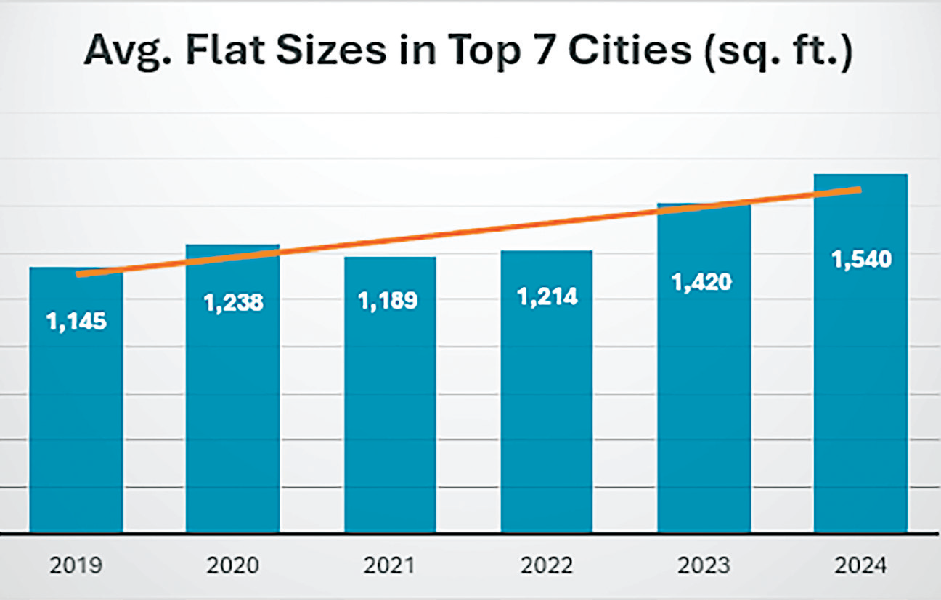
India’s carbon credit, savings and trading policies reflect govt 's dilemma
Soumik Dutta | NT
Should rich countries get to buy India’s valuable carbon savings to balance out their carbon footprint? Many such trading policies reflect the dilemma of the government. Likewise, Should the government use them to meet its own climate change targets under the Paris climate change agreement? Hence, such issues reflect India’s carbon credit, savings and trading policies has complled the government to prepare the country's first formal market for carbon trading.
On May 11 this year, the Union power ministry said that the Bureau of Energy Efficiency (BEE), along with the Union environment ministry, is developing the Carbon Credit Trading Scheme to decarbonise the Indian economy. Earlier in March, the ministry released a draft ‘Carbon Credit Trading Scheme’ and sought feedback from stakeholders by April 14.
The draft comes close on the heels of the recent amendments to the Energy Conservation Amendment Act, which came into force on December 19, 2022. However, just before these policies for trading carbon in India were being finalised, a crucial proposal from the power ministry was dropped after the intervention of the Prime Minister’s Office (PMO).
The power ministry wanted the law to ensure each state establishes a State Energy Efficiency Agency (SEEA) for administering carbon markets and other energy conservation schemes. The SEEAs were to replace existing state-designated agencies or SDAs, but sadly for more than two decades, they had failed to deliver against the mandate of the EC Act.
In the absence of a domestic carbon market, carbon credits generated by Indian industries are traded in international voluntary carbon markets. Between 2010 and 2022, India issued 278 million credits accounting for 17% of credits traded globally. A recent report by Deloitte estimates that by regulating carbon markets, India will have economic potential or energy savings to the tune of $11 trillion over the next 50 years.
Besides legalising carbon markets, the new law, made after amending the 2002 Energy Conservation Act, increases India’s focus on energy conservation to meet its updated Nationally Determined Contribution (NDC) target. The law follows on the commitments India made at COP26 in Glasgow, to reduce emissions by 45% by 2030 and achieve net zero by 2070. A domestic carbon market would be a place where Indian entities trade emissions with each other.
All emission reductions would be counted towards India’s targets or Nationally Determined Contributions, as they are called under the Paris Agreement. India’s carbon market journey will begin with a government-run voluntary carbon market in which companies set emission targets for themselves, with no emission caps, and trade their carbon savings in a market set up by the government.
In the next phase, India plans to shift to a compliance market where companies are given emission targets and over-emitters will have to buy carbon savings from the market to compensate for excess emissions. Eventually, India proposes to go global by allowing other countries to buy India’s carbon savings to top up their emission quota.
There are companies that are finding it difficult to invest in carbon-saving technologies but are also under obligation (or voluntary target) to reduce greenhouse gas emissions. They buy this ‘carbon saving’ and take credit for the reduction in emissions against their targets. Supply and demand decide the price at which such carbon savings are sold in the form of certificates called carbon credits. One carbon credit is equivalent to one tonne of saved carbon emissions.
While critics argue that it allows emitters to buy their way out of emission violations, advocates of the carbon market say it helps finance the adoption of efficient low-emissions technologies. Interestingly, India in 2012 ahead of the Paris Agreement had set up a market to trade in ‘energy saving certificates’. It was named the PAT scheme ('Perform. Achieve. Trade')
 English daily published in Bengaluru & Doha
English daily published in Bengaluru & Doha






